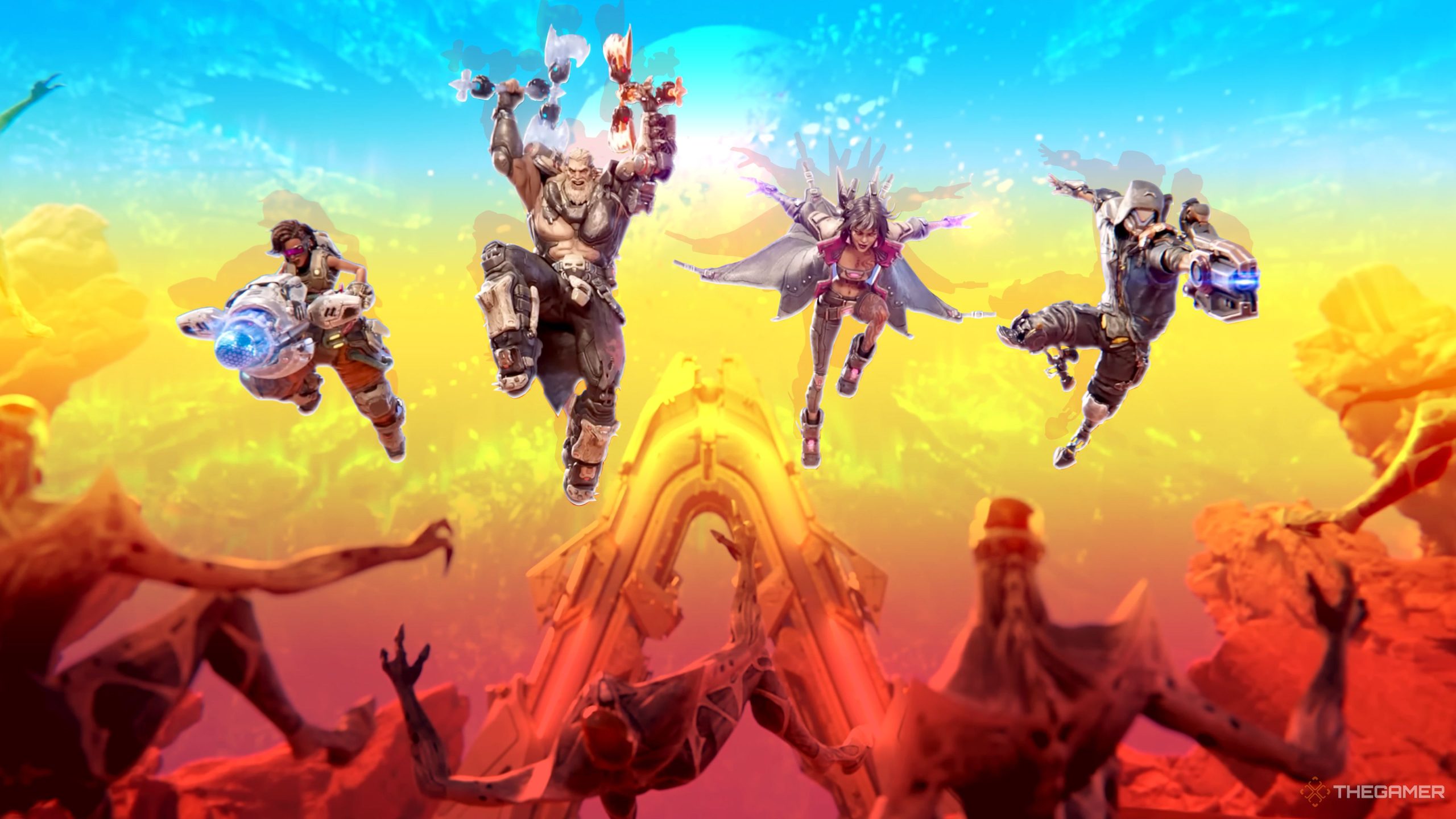In a lot of ways, Borderlands 4 just feels like more Borderlands. You still go on missions that revolve around shooting bullet-sponge-y enemies. You still collect billions of guns. And you still search for ammo in lockers, stereos, and cardboard boxes. This isn’t, on the surface, a revolutionary game by any stretch.
But, in one crucial way, the newest entry in the beloved looter-shooter series relates to previous games in the same way Tony Hawk’s Pro Skater 2 related to the original THPS. If you aren’t caught up on your Tony Hawk lore, the main thing you need to know is that THPS 2 added manualling, a balancing move that allowed you to chain longer and longer trick sequences together. This became so crucial to the experience going forward that, if you returned to the first game years later, you’d likely find yourself botching tricks left and right. THPS 2 changed the game so much there was no going back.
Traversal Hits Different In Borderlands 4
I noticed this early on. Though it takes a few hours for the full suite of new moves to open up, you gain access to some game-changing stuff early on. During the first mission, Arjay, the guy helping you escape prison, teaches you how to use a grappling hook to swing from marked objects in the environment. This is purely functional during this tutorial, allowing you to reach high areas. But as Borderlands 4 progresses, it becomes a cornerstone of the game’s expressive combat, enabling you to stay airborne far longer than previous games would have ever allowed.
This is just the start, though, as you soon get a glider that lets you float through the air. When paired with the grappling hook and a satisfying double jump, Borderlands 4 enters an entirely new dimension of combat. Borderlands has always felt good, it’s the reason players have returned for endless runs through the same missions as they level up and up and up. But Borderlands 4 takes it to a new level, allowing you to fight while flying through the air for sustained periods of time, swinging to a double jump into a glide while headshotting enemies as you soar across the arena then into another grapple to start the loop all over again. It’s good stuff.
But Borderlands 4 does little things more smoothly than previous entries, too. When you hit a grated surface, you instantly start to climb, a la Doom: The Dark Ages. You summon your vehicle with a simple tap of the right directional button, and dismiss it instantly when you climb off. If you get lost, you can simply press a button to see a glowing line leading to the area you need to find which is then marked by a glowing blue circle. It isn’t obtrusive; it disappears after a moment, but it is there if you need a hand.
None of these changes are innovative, per se. They’re all things you’ve seen in other games. But when they’re added together and experienced in the context of otherwise familiar Borderlands gameplay, they feel entirely new. Borderlands 4 has found a new lease on life for the series. Now let me glide in Borderlands 1-3.
